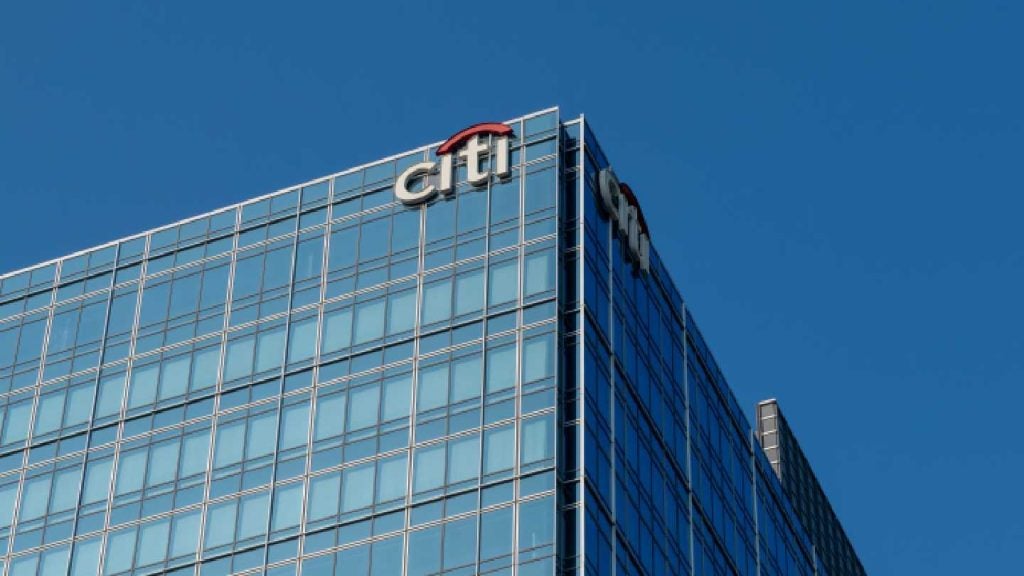Automating compliance makes sense from both a customer service and a satisfying the regulator point of view. Automation means that compliance can be woven through from front to middle to back office, providing greater transparency and giving the ability to both fully record actions taken and keep a closer eye on a client’s situation and resulting investments. And of course the regulatory train and resulting workload shows no sign of slowing; automating where possible also leaves advisors and investment managers alike freer to focus on their core competencies.
The increased focus on compliance of course stems from the 2008 crisis. Customer protection, know your customer (KYC), transparency and tax have been the focus of the UK RDR, US FATCA and EU MiFID. Wealth managers now have to know exactly what is and isn’t suitable for a given customer and that needs to be translated through to the investment manager to ensure that the mandate is adhered to and the best price obtained. This all of course needs reviewing on a regular basis and properly audited and recorded.

Access deeper industry intelligence
Experience unmatched clarity with a single platform that combines unique data, AI, and human expertise.
At the same time the contraction in European economies and the threat of the Eurozone debt crises have put stress on European banks and wealth managers to provide performance and greater usability around front office tools in the quest to retain clients.
Pete Caddick, product director at Third Financial, says: "The regulatory environment is constantly changing. It is challenging and expensive to be constantly upgrading and adapting to new compliance at the same time as maintaining and acquiring new clients and driving down cost."
Consequently wealth managers are optimising technology to create service models and channels for different customer segments. And that includes compliance. Having automated compliance can fundamentally reduce workload.
Ashley Globerman, analyst at Celent, says: "The burden of compliance is changing the way that it is actually carried out. Recent regulation has touched pretty much every area of private banking. It is putting lots of pressure on systems and is a fundamental driver when it comes to considering workflow. Advisors are having to do more in less time."
Globerman believes the trend is to automate as much as possible in order to reduce the disconnect between the client’s onboarding and ongoing management. "The move is towards having some sort of integrated system or overlay that joins up the dots and allows for a bird’s- eye holistic view," he says.

US Tariffs are shifting - will you react or anticipate?
Don’t let policy changes catch you off guard. Stay proactive with real-time data and expert analysis.
By GlobalDataIndeed the move to automation should, in practice, mean the application of a high-end workflow and process that should be integrated throughout all of the systems that the wealth manager has in place, to provide that all important overlay.
Onboarding
To start at the beginning, so to speak, automating and standardising the way that information is initially captured and then shared is of key strategic importance, because it informs pretty much every other interaction that a client then has with a bank.
In fact, the front office is especially ripe for automation- there is lots that can be pushed into a process and in the middle office, increased reporting requirements can lean heavily on an automated and streamlined process that has already taken place at the front
This means going back to basics and looking at how clients are brought into the business and passed between the marketing and sales teams onto the relationship manager. If those teams are able to better work with each other through properly recorded and standardised information streams then life down the line can be made so much easier.
Luke McCabe, senior vice president at SunGard, says: "Getting it right at the onboarding stage is so important. If the initial information and documentation is correct, and correctly shared, then the ongoing management and reviews are also going to be good – and an audit trail of actions and decisions can be left. The account’s details can be collated and filtered through the entire organisation. It’s a controlled environment from the get go."
Investment disconnect
Getting the onboarding process right and ensuring that all the compliance has been done properly and in a standardised way means that the disconnect between the front office and the investment can be much reduced simply because each knows what the other is doing and is also required to do in future and when.
This is very much Caddick’s focus: "There is a massive disconnect between all the compliance that is done around the KYC, the suitability and the onboarding in general, and the rest of the relationship in terms of whether the mandate is being adhered to. Essentially the investment managers need to be better aligned with the client’s mandate pre trade not correcting things post trade," he says.
In practice pre- trade compliance effort means that investment restrictions, risk-grade checks, concentration and diversification limits can all be made and maintained automatically with the knowledge that automated alert management and automated oversight of workflows is taking place at any given time.
Mike Pembroke, senior business consultant at Avaloq, explains: "Having an integrated system means the ability to apply automated workflows and processes leading to compliance throughout. For example once the risk assessment and suitability has been carried out then if it goes out of date or a single investment within a model portfolio has its risk grade changed then the issue is automatically flagged. Because the system is integrated, the compliance can link in to whatever point in the client lifecycle and allows a timely single view."
Julian Lee, CEO at Erudine, comments: "If the customer relationship and investment management systems can meet in the middle and connect with each other then it is much easier to remain compliant and provide auditable and ongoing suitability checking."
He adds: "As an industry we are only ever asking questions post trade, when a mandate has been breached or the risk appetite exceeded or not reached. This is too blunt and needs to change."
Operational risk- demonstrating to regulator
Investment objectives are only part of the automated compliance play. Operational risk too has its place in the conundrum. Related to that is the ability to report accurately and fully to the regulator so that a visible and demonstrable trail is available.
Lee comments: "The automation of operational risk and compliance needs to come up the agenda. Things like a firm’s solvency, administration and other operational processes need to be more formalised because customers as well as regulators are beginning to ask about enterprise risk and control.
"The idea is around applying measuring sensors and antennae to a business to ensure that it is operating safely and that the multiple factors and the way that they interact and affect each other can be mapped, measured and demonstrated," he says.
And because the mapping needs to take place throughout the various facets of the wealth management lifecycle then it is no surprise that automated compliance capability is adding weight to the more general trend of moving to a single software provider.
Single provider?
Globerman says: "There are a number of in-house and third party systems running at firms today that require integration so as to provide a seamless experience. Some firms are now adopting a platform approach to wealth management, in which they have a single infrastructure that applications sit on top of and are managed by a single point of contact. Facilitating compliance is a key aspect of this approach."
Indeed although compliance is only a part of the move to a single platform approach, it is a key one. Having a single platform gives greater data integrity and visibility via a more streamlined approach and being able to see where data originates and how it has been changed and by whom. Storing data and documentation, so important for the regulator, is also made easier and more visible when working on a single system.
McCabe comments: "Without an integrated solution document storage can be very disjoined which makes life difficult from a transparency – as it related to both the client review process and the compliance – viewpoint. But now that the overall trend is towards having fewer vendors and an integrated platform then compliance, which affects every aspect of the lifecycle, becomes easier to manage, more visible and thus more effective. Technology is a key enabler of more automated and efficient compliance."
Integrated systems also mean cost efficiencies, and manual compliance undoubtedly takes up time and money as well as giving more room for error. Rule-based automated compliance though must also allow for manual intervention and common sense flexibility to be applied. In addition any system also needs to have the scope to be added to; given that the regulation train is an ongoing one.
Caddick says: "The traditional silo approach is no longer sustainable. It is fragmented and this makes it more likely that something will be missed because each piece of new legislation has been patched in. An architecture with a centralised rulebook, an overarching workflow engine which has been engineering specifically to build onto is much more suitable for the current environment and going forward."
He likens automated compliance to straight through processing in the compliance overlay all stems from the initial onboarding and is then added to automatically at each stage of the lifecycle.
"The compliance is started and then maintained from front to back. The overlay is automated and automatically prompts a client review can then bring up alerts and warnings every time the portfolio is touched. The alerts go onto an overlay dashboard which is a consistent framework in which compliance can be checked by everyone. In this way the firm can demonstrate that they have robust control as well as stay within mandate," he says.







